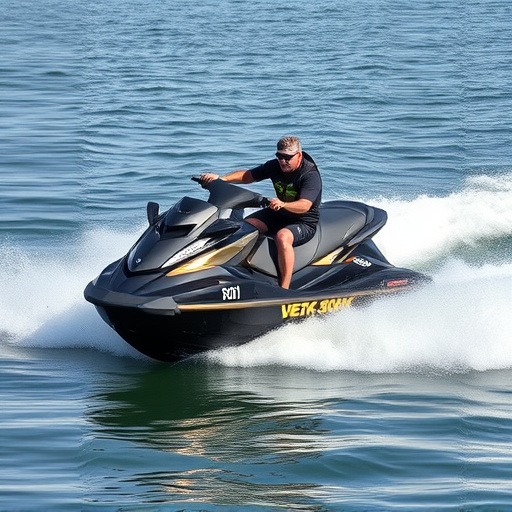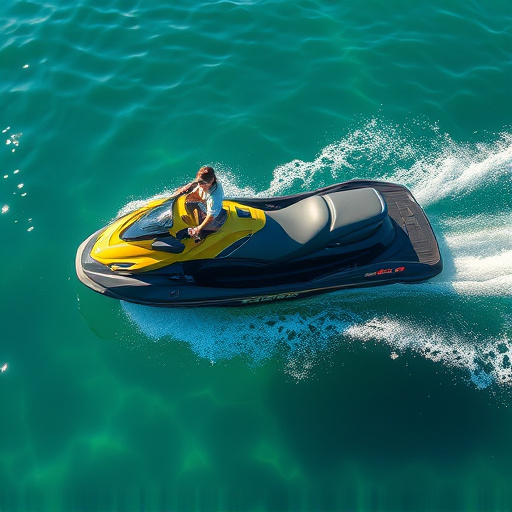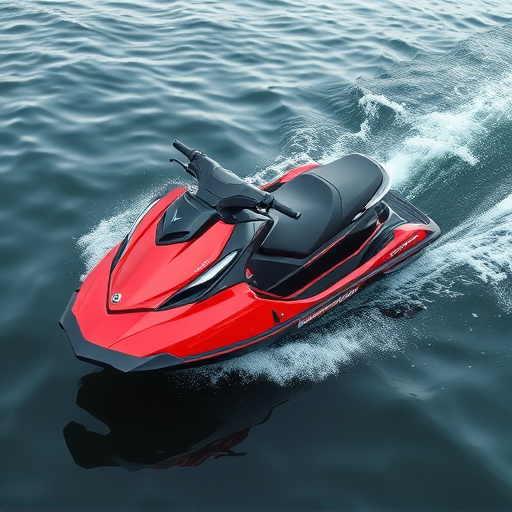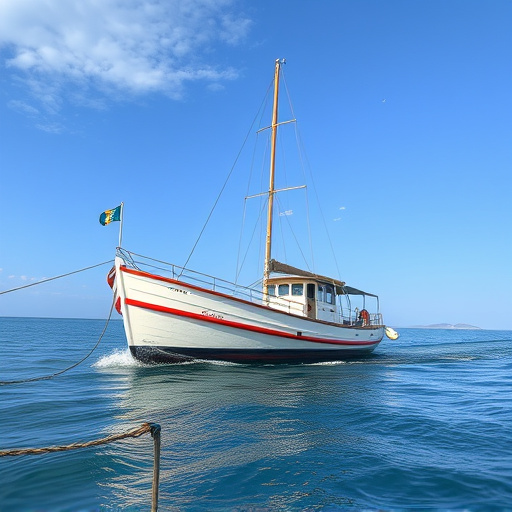Choosing the right marine battery is crucial for reliable boat performance and safety. Consider specific application needs, calculate energy requirements accurately, and account for future upgrades. Adhere to strict safety protocols during installation, including proper wiring and terminal connections. Regular maintenance, including checking charge levels and inspecting connections, prevents degradation and extends battery lifespan.
“Avoiding Common Pitfalls in Marine Battery Installation: A Comprehensive Guide
Marine batteries are crucial for ensuring reliable power in boats, but improper installation can lead to costly errors and safety hazards. This article uncovers six critical mistakes often overlooked during marine battery setup. From selecting the incorrect battery type for your application to neglecting basic safety protocols and inadequate wiring, we’ll explore these issues in detail. Learn how to avoid these common pitfalls and ensure optimal performance, safety, and longevity of your marine battery system.”
- Choosing the Wrong Battery Type for Your Marine Application
- Inadequate Size and Capacity Calculation
- Neglecting Basic Safety Protocols During Installation
- Improper Wiring and Terminal Connections
- Lack of Regular Maintenance and Monitoring After Installation
Choosing the Wrong Battery Type for Your Marine Application

Choosing the wrong marine battery type can lead to serious issues, even dangers, for your boat or watercraft. Marine environments present unique challenges that require specialized batteries designed to withstand salt water corrosion, extreme temperatures, and frequent cycling—essential features often missing from standard automotive or recreational batteries. Ignoring these factors can result in poor performance, premature failure, or even damage to your electrical systems.
When selecting a marine battery, consider your specific application, such as starting, cruising, or fishing, and choose accordingly. Different marine batteries have varying ampere-hour (Ah) capacities and cold cranking amps (CCA), which represent the amount of power they can deliver under different conditions. Matching these specifications to your needs is crucial for reliable operation and longevity.
Inadequate Size and Capacity Calculation

Choosing a marine battery that doesn’t meet your power demands is one of the most common mistakes boaters make. It’s essential to calculate your energy requirements accurately, considering all onboard appliances, lighting, and electrical systems. A poorly matched battery may struggle to start engines or power devices efficiently, leading to frequent underperformance and frustrating experiences at sea.
Inadequate size and capacity calculations often stem from overlooking future upgrades or additional equipment. Boaters should account for potential expansions, such as installing new electronics or adding larger appliances, to ensure their marine battery can handle increased energy draws without compromising reliability.
Neglecting Basic Safety Protocols During Installation

When installing a marine battery, basic safety protocols are often overlooked at one’s peril. Many do-it-yourself enthusiasts get caught up in the process and forget about the potential hazards involved with handling power sources. Battery acid, for instance, can cause severe burns and damage to equipment if not handled correctly. Always wear protective gear, including gloves, goggles, and long sleeves, to minimize exposure. Ensure proper ventilation in the work area to avoid inhaling harmful fumes from any chemical reactions or leaks.
Another common mistake is not securing the battery properly. A marine battery, given its size and weight, needs to be firmly mounted to prevent shifting during operation. Shifting batteries can cause short circuits, damage the vessel’s electrical system, and even lead to dangerous situations at sea. Always follow manufacturer guidelines for installation and use appropriate hardware to secure the battery in place, ensuring a safe and reliable power source for your marine equipment.
Improper Wiring and Terminal Connections

One of the most common mistakes in marine battery installation is improper wiring and terminal connections. This often stems from a lack of understanding or negligence during the setup process, leading to potential safety hazards and reduced battery life. Using the wrong gauge wires for the system’s requirements can cause excessive heat buildup, while incorrect polarity connections may result in damage to the battery, nearby components, or even fires.
When installing marine batteries, it’s crucial to double-check wire sizing, ensuring it matches the battery’s amperage rating. Terminals should be securely fastened and properly insulated to prevent arcing. Using suitable connectors designed for marine environments can also safeguard against corrosion, especially in salt water, which is known to accelerate metal corrosion rates.
Lack of Regular Maintenance and Monitoring After Installation

After a marine battery is installed, one of the most common mistakes owners make is neglecting regular maintenance and monitoring. This often includes failing to check the battery’s state of charge regularly, especially during extended periods of inactivity or extreme weather conditions. Marine batteries require specific care due to their unique characteristics; neglecting this can lead to premature degradation and reduced performance.
Additionally, proper ventilation and temperature control are essential for optimal battery health. Many owners underestimate the impact of environmental factors on marine batteries. Regular monitoring involves inspecting connections for corrosion, ensuring tight seals, and addressing any signs of damage or leakage promptly. By implementing these maintenance practices, boat owners can significantly extend the lifespan of their marine batteries and avoid costly replacements.
Battery installation in marine environments requires careful consideration and adherence to best practices. Common mistakes, such as choosing the wrong battery type, inadequate size and capacity calculation, neglecting safety protocols, improper wiring, and lack of regular maintenance, can lead to costly repairs, safety hazards, and reduced battery life. To ensure optimal performance and longevity of your marine battery, always consult with professionals, follow manufacturer guidelines, and implement a routine maintenance plan.
